Survey of Lichen Diversity and Abundance in a Florida Scrub in Relation to Various Temporal Stages of Burn Recovery
Meghan M. Holst1,*, Cassidy M. Brandt1,2, and Christy K. Wolovich1
1Department of Biology, Florida Southern College, Lakeland, FL 33801. 2Department of Plant Biology Ecology and Evolution, Oklahoma State University, Stillwater, OK 74074. *Corresponding author.
Southeastern Naturalist, Volume 24, Issue 2 (2025): 106–115
First published early online: 18 May 2025
Abstract
With the increased use of prescribed burns in recent years, it is critical to understand their impacts not only on their primary target species, but also on the entire biological community. Lichens have intricate symbioses with other organisms and provide important ecosystem services. In prairie and grassland environments, the prescribed burns may result in the extirpation of some ground-dwelling species of lichens. However, the impacts of fire schedules on the lichen recovery in Florida xeric scrublands remains unknown. The scrub ecosystem houses Florida’s only federally endangered lichen, Cladonia perforata (Florida Perforate Lichen). As scrub communities are adapted to the presence of fire, prescribed burns are now a routine management practice. Lichens have a key role in early plant succession following fire, influencing the health of Florida scrub. We used a modified Feest’s method to survey the effects of fire regime on ground-dwelling lichen abundance and diversity in the Lakeland Highlands Scrub, an area of scrub habitat in Polk County in Central Florida. The speed and comparable accuracy of Feest’s method render it an accessible means of assessing biodiversity for land management in protected areas. We estimated percent cover of lichen and estimated species diversity using the lichen diversity value (LDV) in 4 areas of scrub and scrubby flatwoods habitat with different burn histories (unburned and 2 years, 8 years, and 10 years since last burn). According to the LDV calculations, diversity is highest in the most extreme temporal groups (no burn and 2 years since last burn), contradicting our initial prediction that lichen diversity and abundance would be greatest in the intermediately disturbed areas (2 and 8 years post-burn). These preliminary data yield beneficial information to assist future decisions made regarding methods of protecting lichens, including the potential for the implementation of collecting and removing lichen prior to a burn, and returning those lichen samples to the area after (e.g., “remove and return”).
![]() Download Full-text pdf (Accessible only to subscribers. To subscribe click here.)
Download Full-text pdf (Accessible only to subscribers. To subscribe click here.)
Access Journal Content
Open access browsing of table of contents and abstract pages. Full text pdfs available for download for subscribers.
Issue-in-Progress: Vol. 24( 4) ... early view
Check out SENA's latest Monograph and current Special Issue in progress:

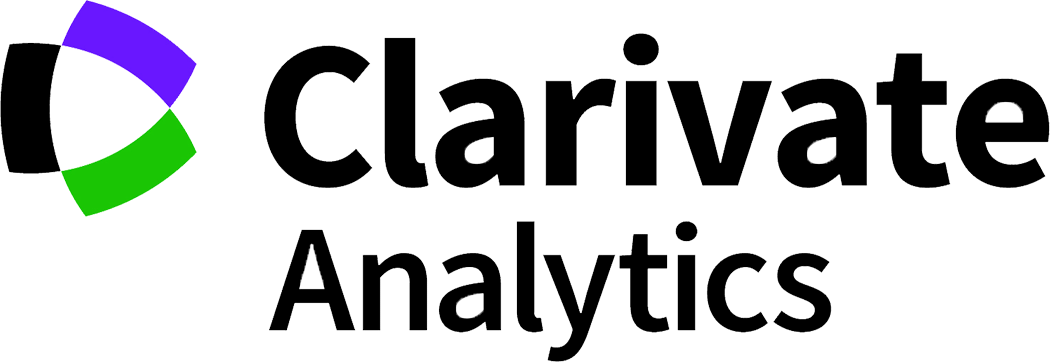
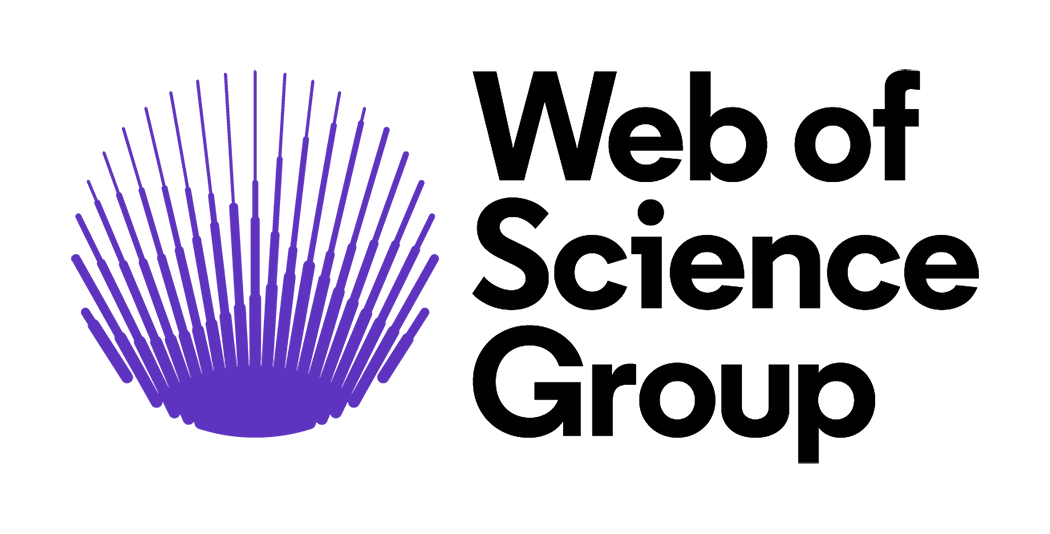
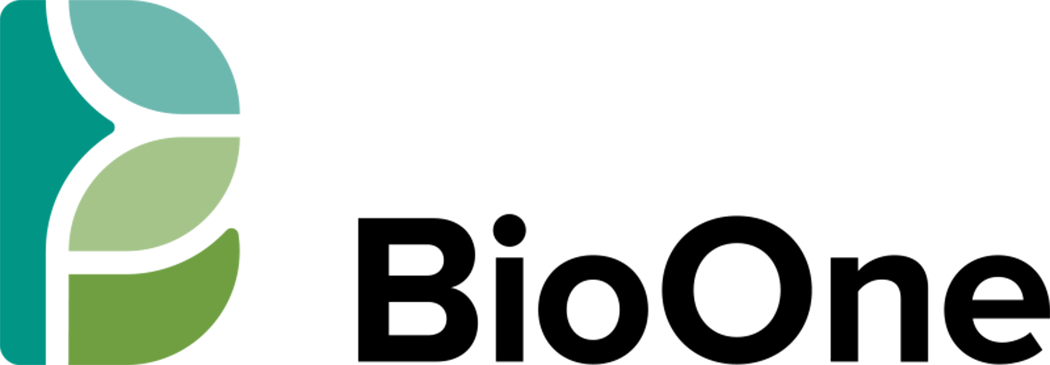
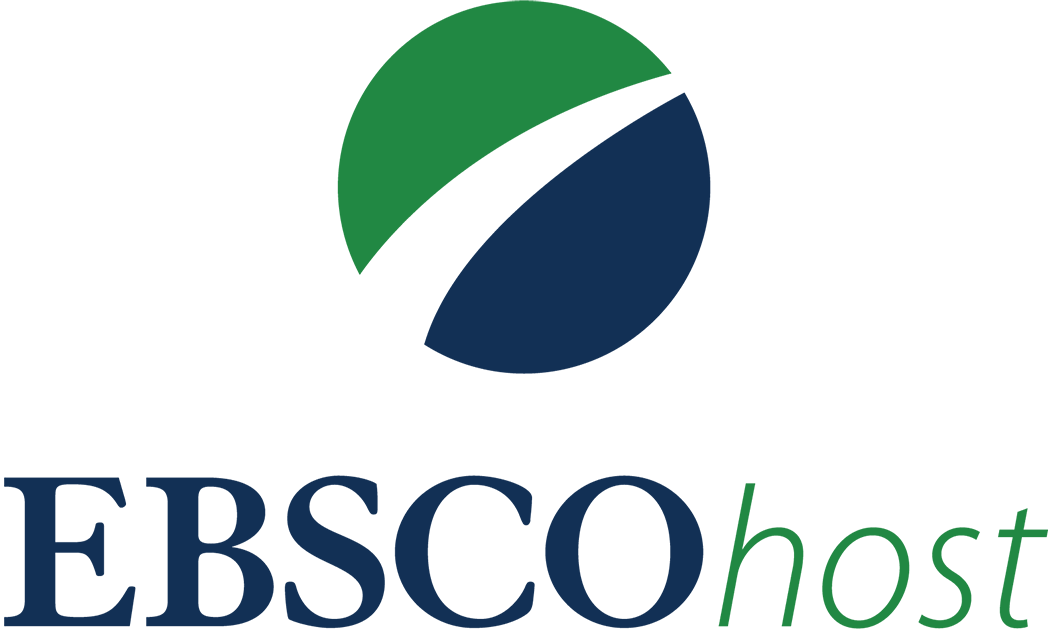
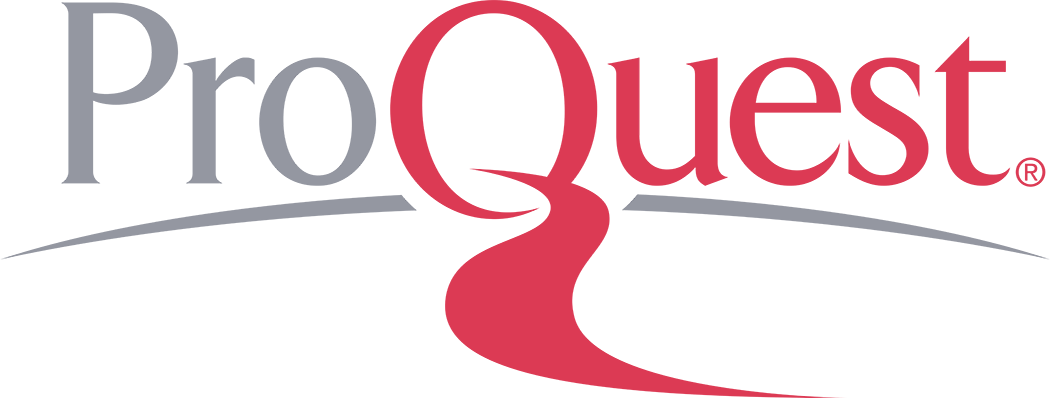


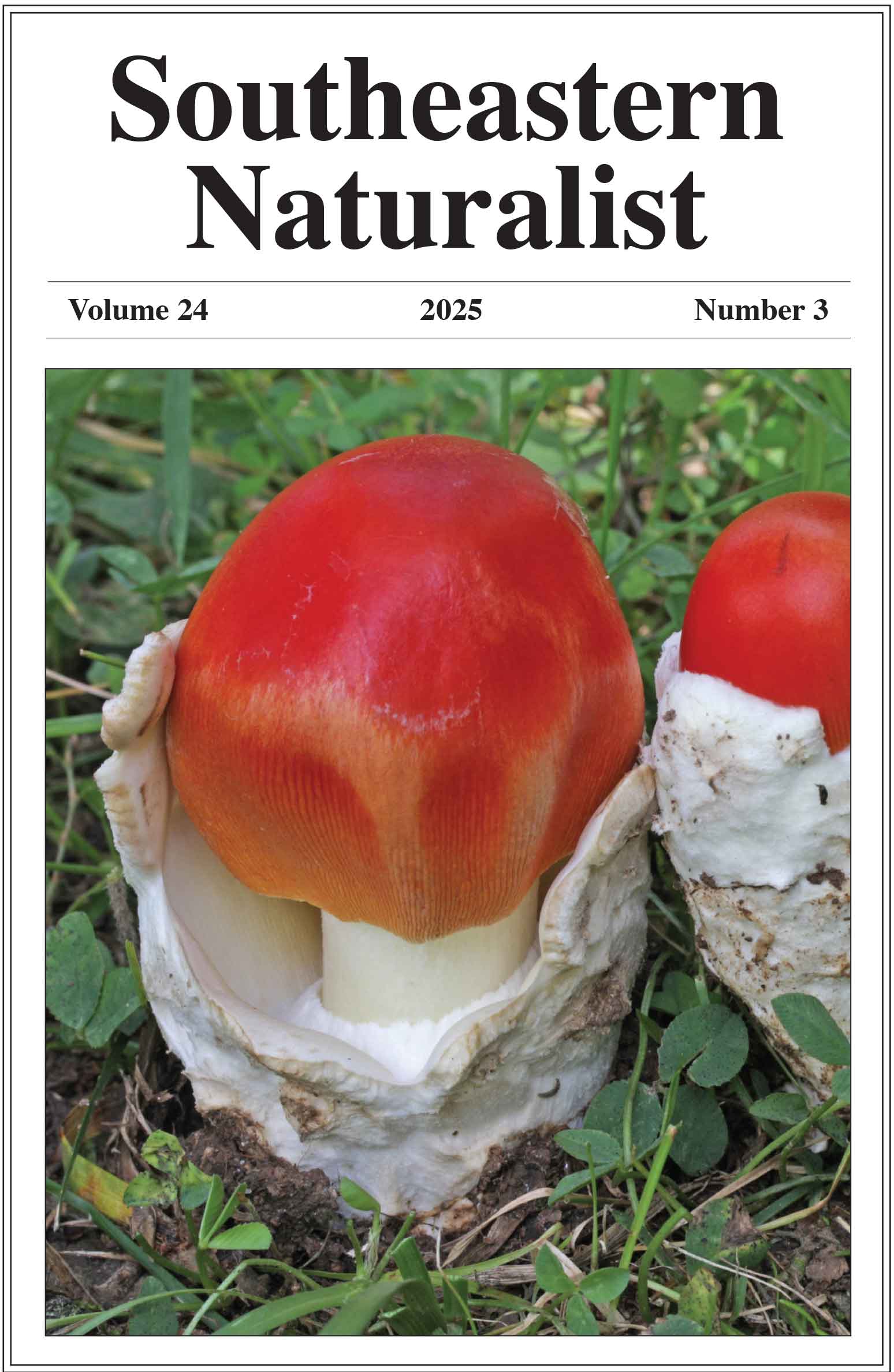




 The Southeastern Naturalist is a peer-reviewed journal that covers all aspects of natural history within the southeastern United States. We welcome research articles, summary review papers, and observational notes.
The Southeastern Naturalist is a peer-reviewed journal that covers all aspects of natural history within the southeastern United States. We welcome research articles, summary review papers, and observational notes.